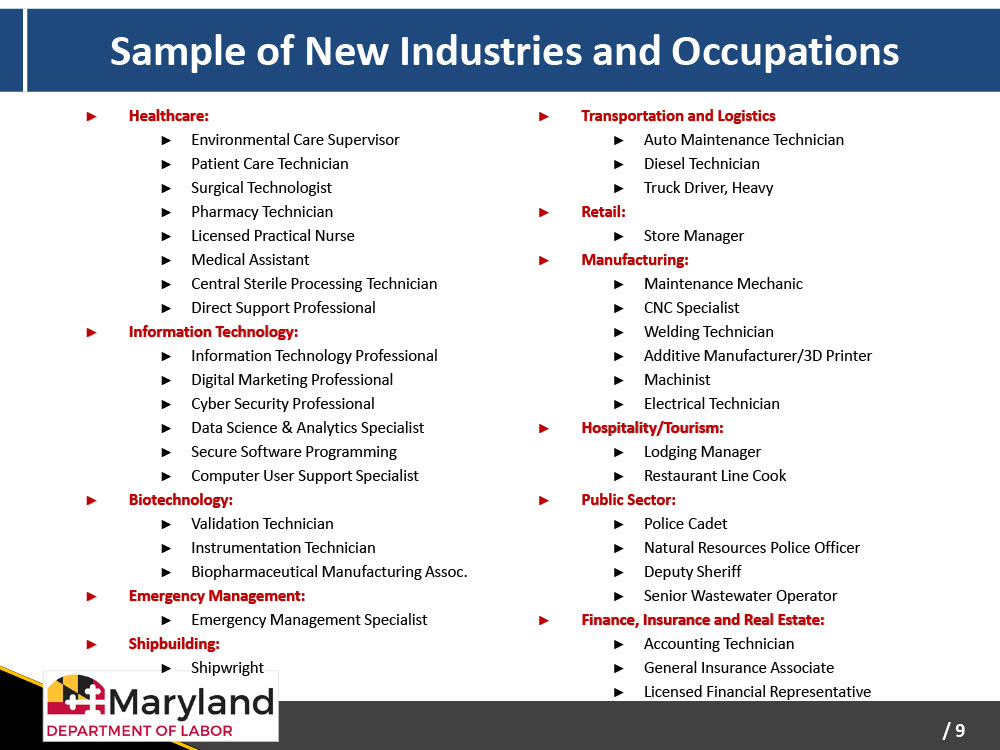

Specify replacement components for watch cases / bracelets. Identify faults in watch cases and bracelets and decide appropriate levels of intervention. Open watch cases and remove watch movements. Maintain tools in an appropriate condition to undertake servicing procedures for watchmaking.Īssess the condition of quartz and mechanical watches and their components using test equipment, visual assessment and observation. Liaise with customers and/or colleagues to determine their requirements and provide clear feedback on work undertaken. The watchmaker may progress to servicing more complex watches such as chronographs, and to restore watches for private individuals and the heritage sector. They are responsible for working ethically and disposing of waste materials and cleaning fluids in a sustainable manner. The watchmaker may also interact with clients or customers and suppliers.Īn employee in this occupation will be responsible for the maintenance of their hand tools and the use of test equipment and machinery in accordance with relevant Health and Safety legislation. In their daily work, an employee in this occupation interacts with their employer, managers, other watchmakers, and team members. machine tools for cleaning watch components and case refurbishment.Īn understanding of the principles involved in the functioning of both quartz and mechanical watch movements is important together with a background knowledge of timekeeping, history, and the watch industry.hand tools to dismantle, reassemble and adjust the watch,.test equipment to assess the functioning of the watch and determine faults,.The work is skilled, precise, and delicate in nature and requires the use of: The watchmaker will also complete part jobs whereby they replace components which are worn or damaged.


The broad purpose of the occupation is to service quartz and mechanical watches (manual winding and automatic winding watches).

It was his wish to support students demonstrating initiative and merit, but lacking the necessary resources to realise their ambitions, so that they might advance their education and further the development of the disciplines of Engineering, Horology, Medicine and Building or Construction. George Daniels was passionate about education, and his legacy, The George Daniels’ Educational Trust, established upon his passing on the 21st October 2011, is a lasting tribute to a remarkable man. His greatest contributions to the watchmaker’s art were to develop his Co-axial escapement, described as the most important horological development for over 250 years, and the seminal texts on the subject, Watchmaking and The Practical Watch Escapement. Dr George Daniels CBE was a watchmaker for more than 60 years and was presented with more of his profession’s highest honours than any other person.


 0 kommentar(er)
0 kommentar(er)
